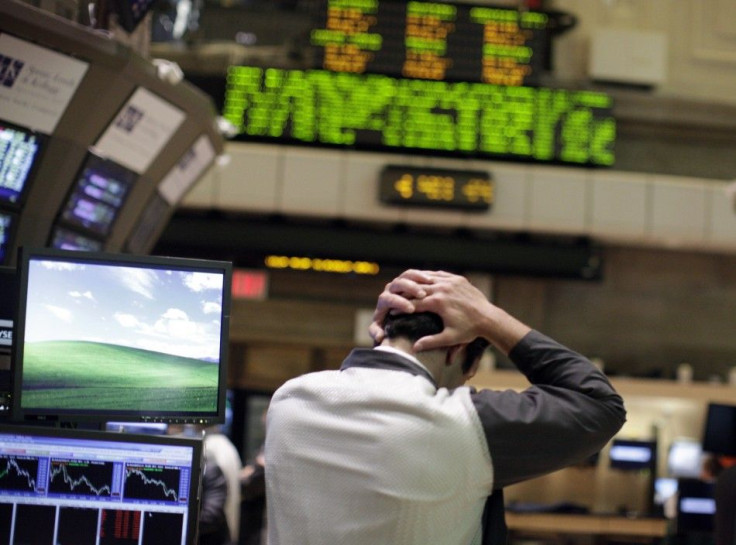Unemployment Drops to 9.1%, Discouraged Workers Distort Rate

Hiring increased slightly in July and the unemployment rate dropped to 9.1 percent, calming jitters after the worst day on Wall Street in almost three years.
The Dow fell nearly 513 points Thursday, its biggest decline since Oct. 22, 2008. Only three of the 500 stocks in the Standard & Poor's 500 index saw gains. Oil declined by six percent. The yield on the two-year Treasury note hit a new low as investors looked for more stable investments.
The Labor Department said that employers added 117,000 jobs last month, a significant improvement over the past two months.
This means that investor confidence may be eased. Confidence crashed after the Dow Jones industrial average fell more than 500 points after investors began to fear another recession.
The economy needs twice this number of net jobs per month in order to quickly decrease unemployment. Lowering the persistently high rate still seems like a sort of uphill battle. The unemployment rate has exceeded nine percent in every month except for two since the recession ended in June 2009.
Still, the economy needs twice as many net jobs per month to rapidly reduce unemployment. The rate has topped nine percent in every month except two since the recession officially ended in June 2009.
Discouraged workers, a large segment of the population, are partially responsible for the drop in the unemployment rate. A discouraged worker is defined as a person of legal employment age who is not actively seeking employment or who does not find employment after long-term unemployment. Discouraged workers significantly distort the rate.
© Copyright IBTimes 2024. All rights reserved.





















